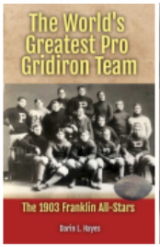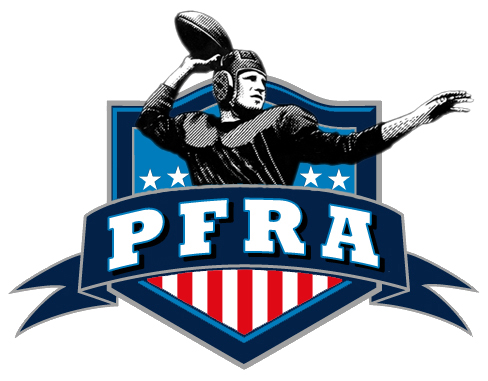May 8
"May 8 American Football History"
On this day, May 8th, a recurring date in the annals of American football, we embark on a journey through pivotal moments that have shaped the sport we know today. This series of posts will delve into significant events that unfolded on this very date across the decades, offering a glimpse into the evolution of rules, the emergence of legendary figures, and the milestones that have contributed to the rich tapestry of football history.
From foundational rule changes enacted in the late 19th century to the birthdates of influential personalities and landmark achievements on the field, May 8th serves as a compelling focal point for exploring the sport's dynamic past. Join us as we uncover the stories and legacies connected to this specific day, illuminating the fascinating trajectory of American football and its enduring impact on the sporting landscape. Each post will offer a unique snapshot, collectively painting a vibrant picture of football's historical journey.
- EVENTDAY: May 08
- FOOTBALL: Equipment, Rules Evolution
- FOOTBALL MONTH: May History
- FOOTBALL NAME: Bill Cowher, Doug Atkins, Ted Coy, Walter Eckersall
- FOOTBALL POSITION: Head Coach, Tackle
- FOOTBALL TEAM: Chicago Bears, Cleveland Browns, Pittsburgh Steelers. Pro Football Hall of Fame, Yale Bulldogs
- NFL JERSEY: Number 81. NFL Jersey:Number 83. NCAAF Jersey:number 91
- OTHER: Greatest Football Player, TV Broadcast, Fair Catch, Yellow Line to Gain Line
- PODCAST: Football
- SPORTS: College Football Hall of Fame, Pro Football Hall of Fame
- HASHTAGS: #May08 #Equipment #RulesEvolution #MayHistory #BillCowher #DougAtkins #TedCoy #WalterEckersall #HeadCoach #Tackle #ChicagoBears #ClevelandBrowns #PittsburghSteelersProFootballHallofFame #YaleBulldogs #GreatestFootballPlayer #TVBroadcast #FairCatch #YellowLinetoGainLine #Football #CollegeFootballHallofFame #ProFootballHallofFame






